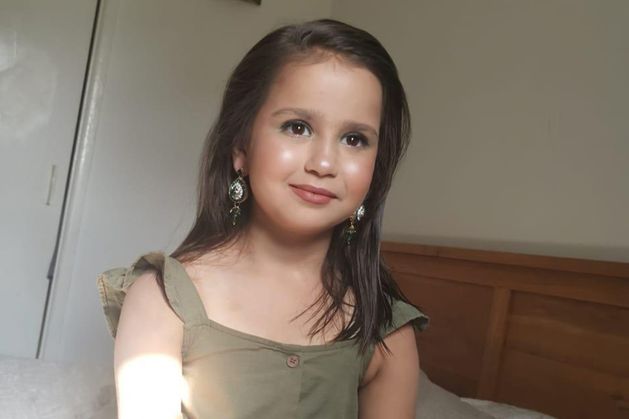Youth Demand Climate Action in Asia Pacific’s Disaster Risk Policies
Pasay City, Philippines – As global leaders gather for the 2024 Asia Pacific Ministerial Conference on Disaster Risk Reduction, held on October 15 at the Philippine International Convention Center, a powerful message emerged from the region’s children and youth: their safety and inclusion must be at the forefront of disaster risk reduction (DRR) strategies. In a compelling appeal to regional leaders, young advocates called for systematic changes in policies to ensure that no child is left behind in the face of growing climate challenges.
From the frontline of this call to action was 14-year-old Candice, a Save the Children Philippines advocate, who passionately voiced the need for youth engagement in climate action. “Let this be the moment when young people are no longer sidelined but fully integrated in risk reduction and climate action. Ensure that the future generation is safe and protected,” she stated, embodying the aspirations and urgent needs of her peers across the Asia Pacific.
Key Priorities for a Safer Future
Sharing the platform with her Nepalese counterpart Sagar, Candice highlighted critical priorities identified through consultations among young people. These priorities included:
- Promoting School Safety: Establishing safe learning environments that can withstand disasters.
- Leveraging Technology: Utilizing digital tools for climate and disaster awareness among youth.
- Building Resilient Communities: Strengthening local capacities to respond and adapt to climate impacts.
- Investing in Youth-Led Initiatives: Supporting projects directed by children and young people.
- Ensuring Inclusivity: Making certain that no child or youth is marginalized in disaster risk reduction efforts.
In a related statement, President Ferdinand "Bongbong" Marcos Jr. emphasized the need to address the needs of vulnerable sectors, particularly the youngest members of society. "We must ensure that every voice is heard and every person is empowered to contribute to disaster risk reduction and receive the assistance they need when the time comes," he remarked, underscoring the essential role of inclusive policies.
The Urgency of Action
The Philippines, recently identified as the world’s most disaster-prone country according to the World Risk Index, faces significant challenges. Approximately three million families living below the poverty line are particularly vulnerable, with their education, well-being, and fundamental rights hanging in the balance. This reality underscores the critical importance of integrating children’s voices into disaster planning and response.
Candice is an active participant in the "Batang Empowered and Resilient Team" (BERT), a child-centered DRR training program designed to educate children about risks and hazards in their homes and schools. She is one of thousands of child facilitators across the nation who play a crucial role in disseminating DRR knowledge within their communities. “Their perspectives must be integrated into early warning systems and preparedness strategies, empowering them to actively contribute to shaping disaster preparedness, response, and recovery efforts within their schools and communities,” stated Marlon Matuguina, the Risk Mitigation and Climate Resilience Manager for Save the Children Philippines.
Fostering Inclusive Disaster Resilience
As the Asia Pacific Ministerial Conference continues, discussions are poised to concentrate on inclusive strategies for disaster resilience, particularly focusing on gender-responsive and disability-inclusive approaches. Key stakeholders are expected to stress the necessity for innovative, child-centered solutions that aim to cultivate a climate-resilient future, particularly for the vulnerable populations—its children.
This move towards inclusion is not merely beneficial but essential. In today’s interconnected world, embracing diverse perspectives can lead to more robust and sustainable policies that benefit all sectors of society.
Readers are encouraged to reflect on the implications of these discussions, as they underscore the vital role of youth in managing climate crises. How do you see technology influencing disaster resilience? Share your thoughts and let’s keep the conversation going.
Further Reading
For more insights into how technology is transforming disaster risk reduction, check out TechCrunch or explore the latest innovations in environmental monitoring on Wired.
Stay informed and engaged with ongoing developments in disaster risk strategies by visiting our Shorty-News archives for related articles.
Your voice matters—let’s uplift the passions and projects of the next generation facing climate challenges today.


